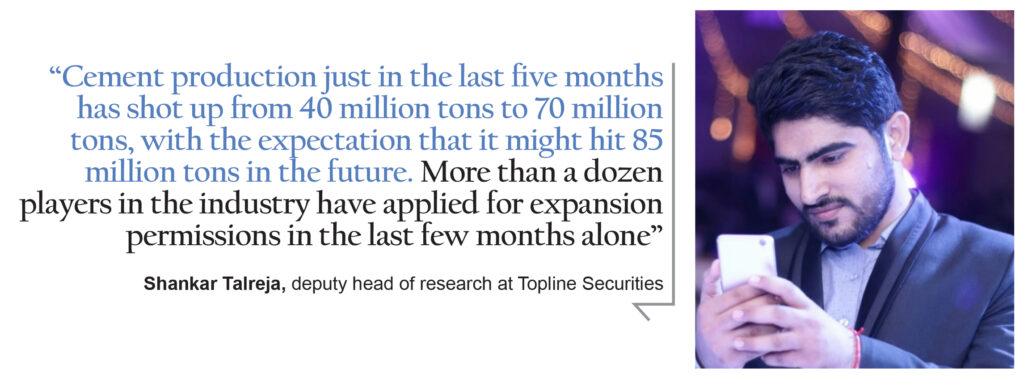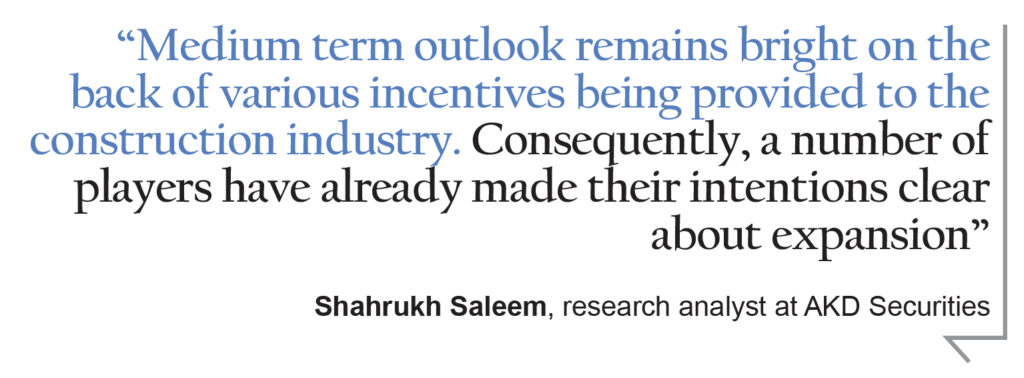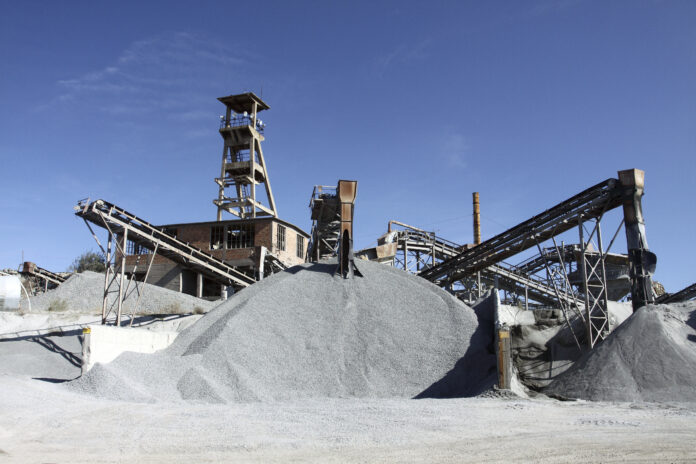Thal Ltd has decided to go all in on bags. In a notice sent to the Pakistan Stock Exchange on December 7, the company said its board of directors had approved an investment of Rs1.7 billion in a woven polypropylene bags (WPP) manufacturing facility.
Exactly what is a WPP bag? Good question. Woven polypropylene is a type of resin material that has been woven in two directions to create a simultaneously light but heavy duty material. It is popular as a bag material because it is lightweight, easy to produce, non-staining, non-toxic, water-proof and resistant to stress: essentially, everything a good bag should be. Unlike regular plastic bags, it also does not tear easily. It is often why it is used as bags for industrial purposes, such as to store sand, fertilizer, and cement.
Thus, this investment represents a slight shift in terms of Thal Ltd’s packaging strategy, particularly when it comes to the timing of this investment.
Some short history: Thal Ltd was incorporated in January 1966 as a public company, and is one of many companies that fall under the House of Habib conglomerate. Thal itself is technically a diversified conglomerate, with two main segments: engineering goods, and the second category of jute (Thal Jute), papersack (Pakistan Papersack), and laminate sheets (Baluchistan Laminates).
Through its segments, Thal has a presence in every province of Pakistan. The engineering products are made in Korangi and Port Qasim Karachi, in Sindh. The jute is manufactured in Muzaffargarh, Punjab. The laminated products are located in Hub Balochistan, while the papersack operations are located in Hub, Balochistan and Gadoon, Khyber Pakhtunkhwa.
The engineering segment is engaged in the manufacturing of automotive parts such as cars, air-conditioners, radiators, wiring systems and engine components. As one can imagine, this segment is heavily dependent on well the car industry in Pakistan is doing. According to the company’s annual report of 2020, the segment recorded sales of Rs 8.1 billion, compared to 2019’s sales of Rs 14.9 billion. That was a decline of 46%, which mimicked the overall auto industry, as car sales dropped by 54%.
According to Thal, the year 2020 was hampered by the Pakistani rupee’s devaluation, additional taxes and duties, and the impact of the Covid-19 pandemic. And the company was not particularly enthusiastic about the upcoming year.

“During the next fiscal year, auto sector is expected to face challenges due to economic slowdown and shrinking disposable income,” Thal said, though it did note that there might be a post COVID-19 economic recovery sooner than expected for Pakistan.
But in the midst of these poor figures, what segment did do well? The packaging and building materials segment. In the year 2020, the segment turnover registered a year-on-year increase of 12%, from Rs7.4 billion in 2019, to Rs. 8.4 billion in 2020. The company also completed installing a new production line in its cement sack manufacturing facility.
This, by the way, was despite the first half of the year, in which the cement industry was “going through stagnation and negative local demand, which directly impacted the demand for packaging.” The Covid-19 pandemic and the subsequent lock down also affected sales in the months of March to May.
But in April, a new lifeline was given to the cement industry. That is when the federal government announced an incentive package for the real estate and construction industry, making it incredibly lucrative to enter the real estate market, especially the affordable housing segment. Through the scheme, investors will also be granted a waiver of up to 90% on tax, if they are investing in construction projects under the Naya Pakistan Housing Scheme. Additionally, the central bank has asked commercial banks to allocate 5% of their total lending to the construction sector. This will hopefully improve lending in general: as is, banks’ current exposure to the sector is only at 1% of overall loans.
More houses, and more construction, means more cement, and by extension, more bags. The spillover effect has been strong. As Shahrukh Saleem, research analyst at AKD Securities, an investment bank, said in a note sent to clients on December 7, that according to the latest numbers, local cement dispatches increased by 6% year-on-year in November 2020. Most of this has been on the back of increasing demand in urban centers due to the resumption in housing projects.
“Medium term outlook remains bright on the back of various incentives being provided to the construction industry. Consequently, a number of players have already made their intentions clear about expansion.” said Saleem.

It is a view echoed by Shankar Talreja, deputy head of research at Topline Securities, a securities brokerage firm, who told Profit that cement production just in the last five months has shot up from 40 million tons to 70 million tons, with the expectation that it might hit 85 million tons in the future. More than a dozen players in the industry have applied for expansion permissions in the last few months alone. This is also somewhat strategic: the State Bank of Pakistan’s Temporary Economic Refinance Facility (TERF), a refinance facility aimed at promoting investment with a maximum limit of Rs 5 billion per project, is set to expire in March 2021. As expansion permissions can take up to five to six months to be approved, companies are scrambling to expand as fast as possible.
Which means that it is no surprise that Thal, the manufacturer of bags, would anticipate this kind of expansion. Its own annual report noted that “demand for industrial packaging is expected to increase, particularly in the Cement segment driven by the PM’s package for the construction industry…overall, with these initiatives, despite the many challenges, management’s projection for next year is positive.”























